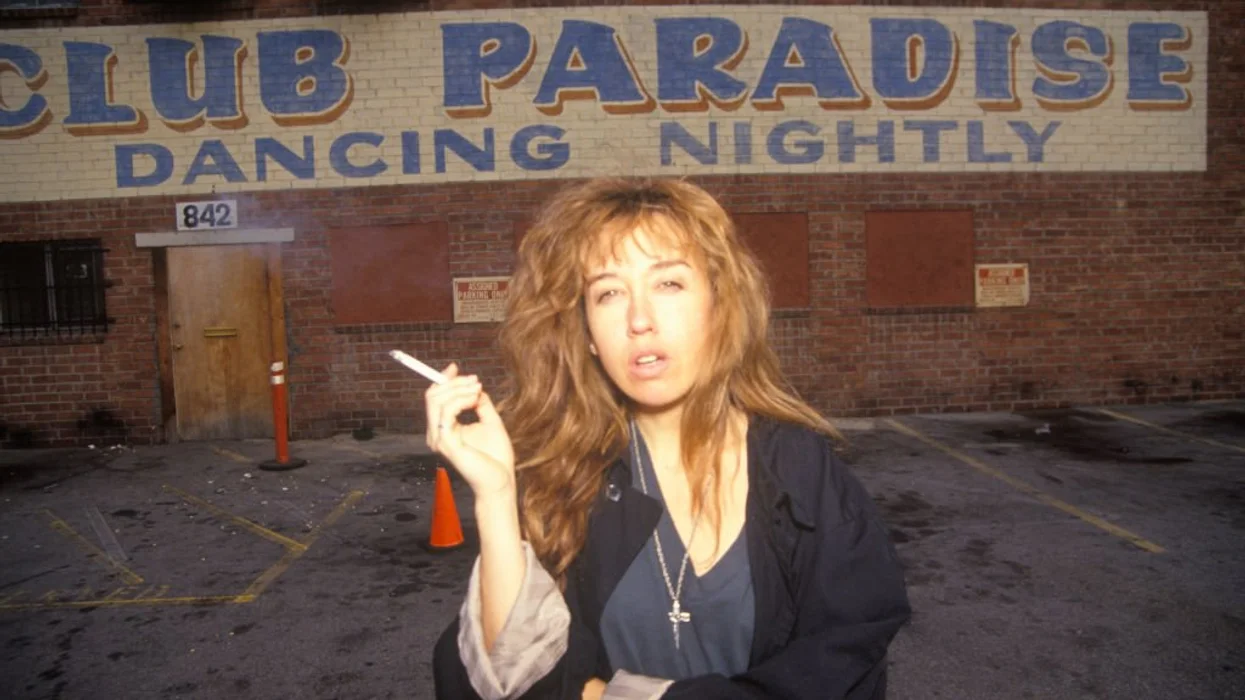
© 2025 Blaze Media LLC. All rights reserved.
April marked the second straight month of sluggish economic growth and the pace of job growth is down significantly from earlier this year. Still, President Obama took to the campaign trail to brag about a 0.1% drop in the unemployment rate:
He characterized as “good news” the fact that the unemployment “ticked down again” from 8.2 to 8.1 percent, but added that his administration still has more work to do.“After the worst economic crisis since the great depression our businesses have now created more than 4.2 million new jobs over the last 26 months. More than 1 million jobs in the last 6 months alone. So that's the good news, but there's still a lot of folks out of work, which means we have to do more," Obama said.
The Obama campaign is out with a new ad this week touting the slow progression of the U.S. economy:
The truth is that the April jobs report was awful news for the U.S. economy:
Prior job gains at over 200,000 per month were inconsistent with the modest pace of recovery in overall output – GDP was up only 2.2% in the first quarter. It now appears that jobs have decelerated into line with GDP, rather than GDP accelerating to catch up with jobs.
So what's the truth behind the Obama camp's spin?

AEI's James Pethokoukis explains:
1. If the size of the U.S. labor force as a share of the total population was the same as it was when Barack Obama took office—65.7% then vs. 63.6% today—the U-3 unemployment rate would be 11.1%.Now, this doesn’t take into account the aging of the Baby Boomers, which should lower the participation due to rising retirements. But is that still a valid assumption given the drop in wealth since 2006?
2. If you take into account the aging of the Baby Boomers, the participation rate should be trending lower. Indeed, it has been doing just that since 2000. Before the Great Recession, the Congressional Budget Office predicted what the partipation rate would be in 2012, assuming such demographic changes. Using that number, the real unemployment rate would be 10.7%.
3. Of course, the participation rate usually falls during recessions. Yet even if you discount for that and the aging issue, the real unemployment rate would be 9.3%.
4. If the participation rate just stayed where it was last month, the unemployment rate would have risen to 8.4%.
5. Then there’s the broader, U-6 measure of unemployment which includes the discouraged plus part-timers who wish they had full time work. That unemployment rate, perhaps the truest measure of the labor market’s health, is still a sky-high 14.5%.
6. The employment-population ratio dipped to 58.4% vs. 61% in December 2008. An historically and alarmingly low level of the U.S. population is actually working.
7. And given that real disposable income has been flat the past two years, it stands to reason that many of the jobs being created are in low-wage sectors. Indeed, hiring in sectors such as retail and leisure has accounted for a whopping 40 percent of the jobs added over the past two years.
Bottom line: The U.S. labor market is still in bad shape, despite Obama's claims that it's "continuing to heal." This may have significant consequences for the president in November. Only one U.S. president -- Ronald Reagan -- has been re-elected since World War II with an unemployment rate above 6 percent. Preceding Reagan's re-election, the rate had dropped almost 3 percentage points over the previous 18 months. With the economy being the number one issue of importance for voters, an economy that is barely treading water may spell disaster for Obama.
Want to leave a tip?
We answer to you. Help keep our content free of advertisers and big tech censorship by leaving a tip today.
Want to join the conversation?
Already a subscriber?
more stories
Sign up for the Blaze newsletter
By signing up, you agree to our Privacy Policy and Terms of Use, and agree to receive content that may sometimes include advertisements. You may opt out at any time.
Related Content
© 2025 Blaze Media LLC. All rights reserved.
Get the stories that matter most delivered directly to your inbox.
By signing up, you agree to our Privacy Policy and Terms of Use, and agree to receive content that may sometimes include advertisements. You may opt out at any time.





